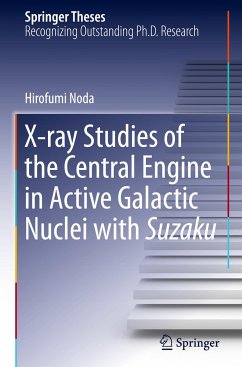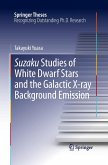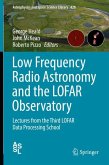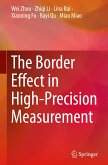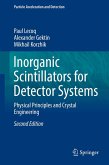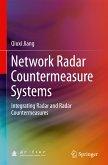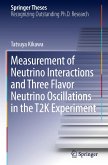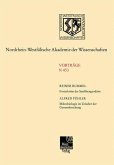The aim of this research was to use the X-ray satellite Suzaku to establish a picture of a central engine that effectively converts the gravitational energy of accreting matter onto the supermassive black hole to a huge amount of radiation in an active galactic nucleus. Although the engine is known to consist of a Comptonizing corona and an accretion disk, its image has remained unclear because primary emissions, coming directly from the engine, cannot be identified in X-ray spectra without models. The book describes a technique of time variability assisted spectral decomposition to model-independently examine X-ray signals, and how this was applied to the Suzaku archive data of active galactic nuclei. As a result, at least three distinct primary X-ray components have been discovered in an X-ray from an active galactic nucleus, presumably indicating a novel picture that the engine is composed of multiple coronae with different physical properties in an accretion flow. Furthermore, the determination of the spectral shapes of the primary X-rays has a significant impact on estimations of black hole spins, because it is essential to quantify reprocessed X-ray spectra. The successful model-independent decomposition of X-ray spectral components with flux variations of active galactic nuclei is likely to be effective in future data analyses from the soon-to-be-launched Japanese X-ray satellite ASTRO-H, which is capable of achieving unprecedented fine spectros
copy and broad energy band coverage.
copy and broad energy band coverage.

